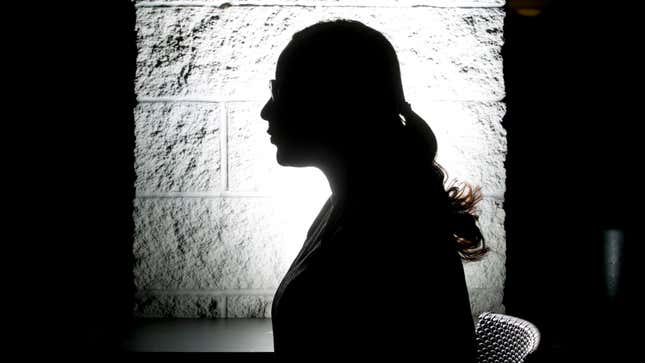We’re about two months away from the first anniversary of the Supreme Court’s decision to overturn Roe v. Wade, and the outcomes have been about as catastrophic as predicted. Pregnant people have shared a range of near-death experiences; child rape victims and cancer patients have been forced to travel out-of-state for care; and at least one hospital serving a rural Idaho community shuttered its labor and delivery department altogether, no longer able to staff it due to concerns stemming from the state’s criminal abortion ban.
All of these stand out as visceral, overtly extreme stories—but what often gets lost in the conversation is the day-to-day cruelty of someone being denied an abortion simply because they didn’t want or couldn’t afford to remain pregnant.
About 35,330 are estimated to have traveled out-of-state for care, and there was notably a slight increase in abortion in certain states that absorbed more out-of-state patients. But that leaves about 31,180 people “seemingly unable to get a legal abortion at all,” per FiveThirtyEight, which first received the #WeCount study. “We don’t know whether those people remained pregnant, or got an abortion some other way,” the outlet said.
Also, during the six months after Roe fell, there were “32,260 fewer abortions, compared to the average monthly number of abortions” in April and May of 2022. (The report noted that they chose to use these two months as their “baseline.”)
Where seasonal trends once dictated or at least shaped when abortion clinics would see the most patients, now, thanks to a consistent onslaught of out-of-state patients, abortion providers say they’re simply booked and busy at all times. The chaos has paved the way for all sorts of additional problems, like significant delays to get care. “People wind up waiting for so long, by the time they get to their appointment, they’re too far along to be seen in the first-trimester clinics,” a Colorado-based abortion provider who specializes in providing abortion care later in pregnancy told FiveThirtyEight.
Dr. Ushma Uphadyay, #WeCount co-chair and professor at UC San Francisco’s Advancing New Standards in Reproductive Health (ANSIRH), has spent years researching what happens to people after they’re unable to get the abortion care they seek as part of the landmark Turnaway Study. Per the findings, people who are denied an abortion are more likely to be pushed into poverty, remain entrapped in abusive relationships, and experience worsened mental health outcomes. As Uphadyay put it, “the impact on their lives can be devastating, economically, physically, socially and psychologically”—and when you “multiply that impact by thousands, that’s the landscape of abortion access right now.”
For years now, the stories of those involved in the Turnaway Study have stayed with Uphadyay, like one woman who was unable to get an abortion and found herself “tethered to a violent partner for years” as a result of their shared child. Tens of thousands of people recently were unable to get abortion care post-Roe—any of their stories, Uphadyay notes, could be similar.
As for the individuals who are able to get abortion care out-of-state post-Roe, this often comes at significant cost and frankly dehumanizing inconvenience to them: The Chicago Abortion Fund told FiveThirtyEight that the average grant provided to clients for “wraparound services” (this includes travel-related expenses, including child care and lodging) rose from $120 pre-Dobbs to $375 after post-Dobbs. The president and CEO of a group running a newly opened clinic in southern Illinois told the outlet 98.5 percent of its patients have come from states that have banned abortion.
Uphadyay notes that more overtly extreme post-Roe stories may receive more national attention, but the “less dramatic” stories hold damning “long-term consequences” too. “It’s these everyday stories that change people’s lives forever,” Uphadyay said. “I always say it doesn’t really matter the number. Because these are lives sent into turmoil where their entire trajectory has been impacted.”

